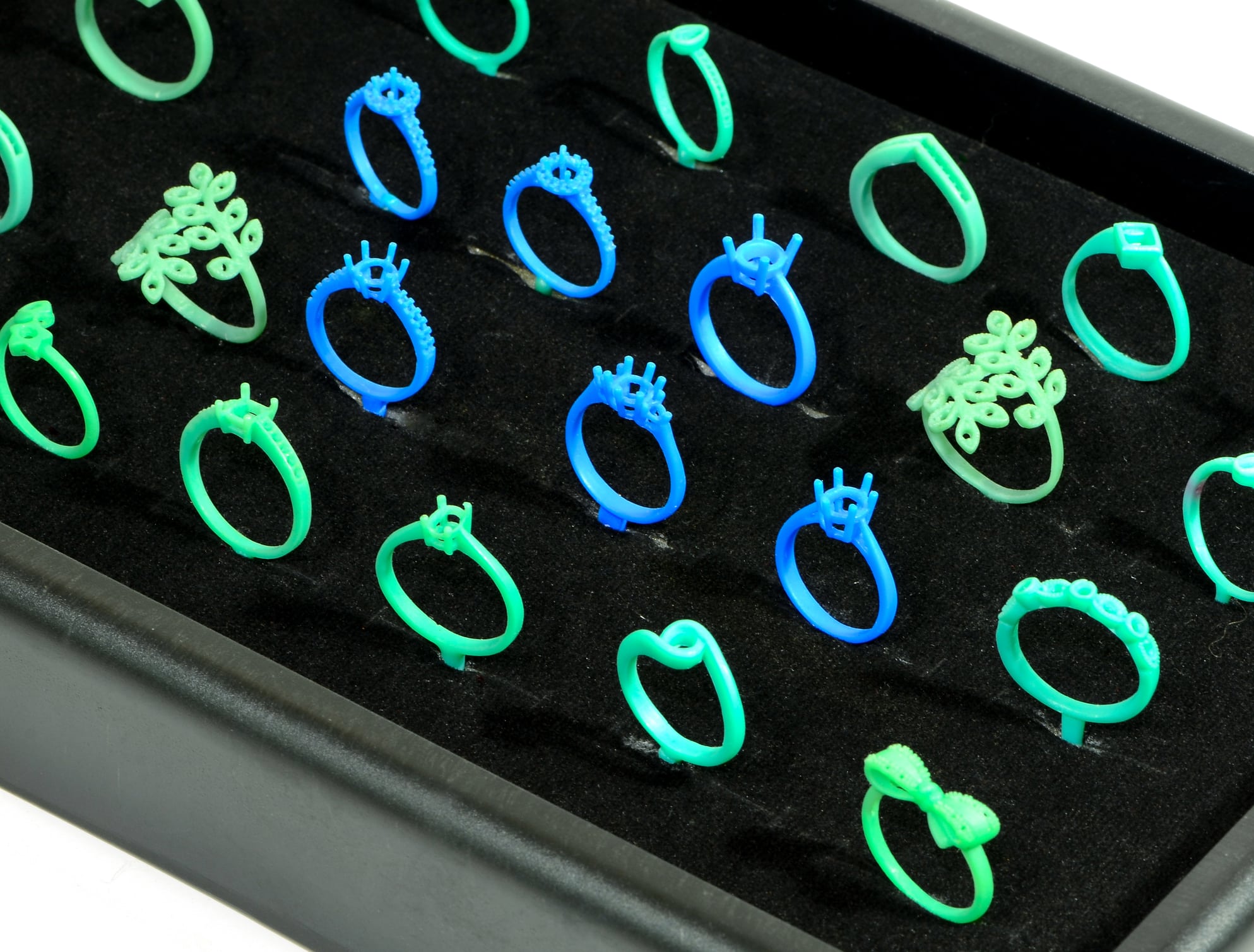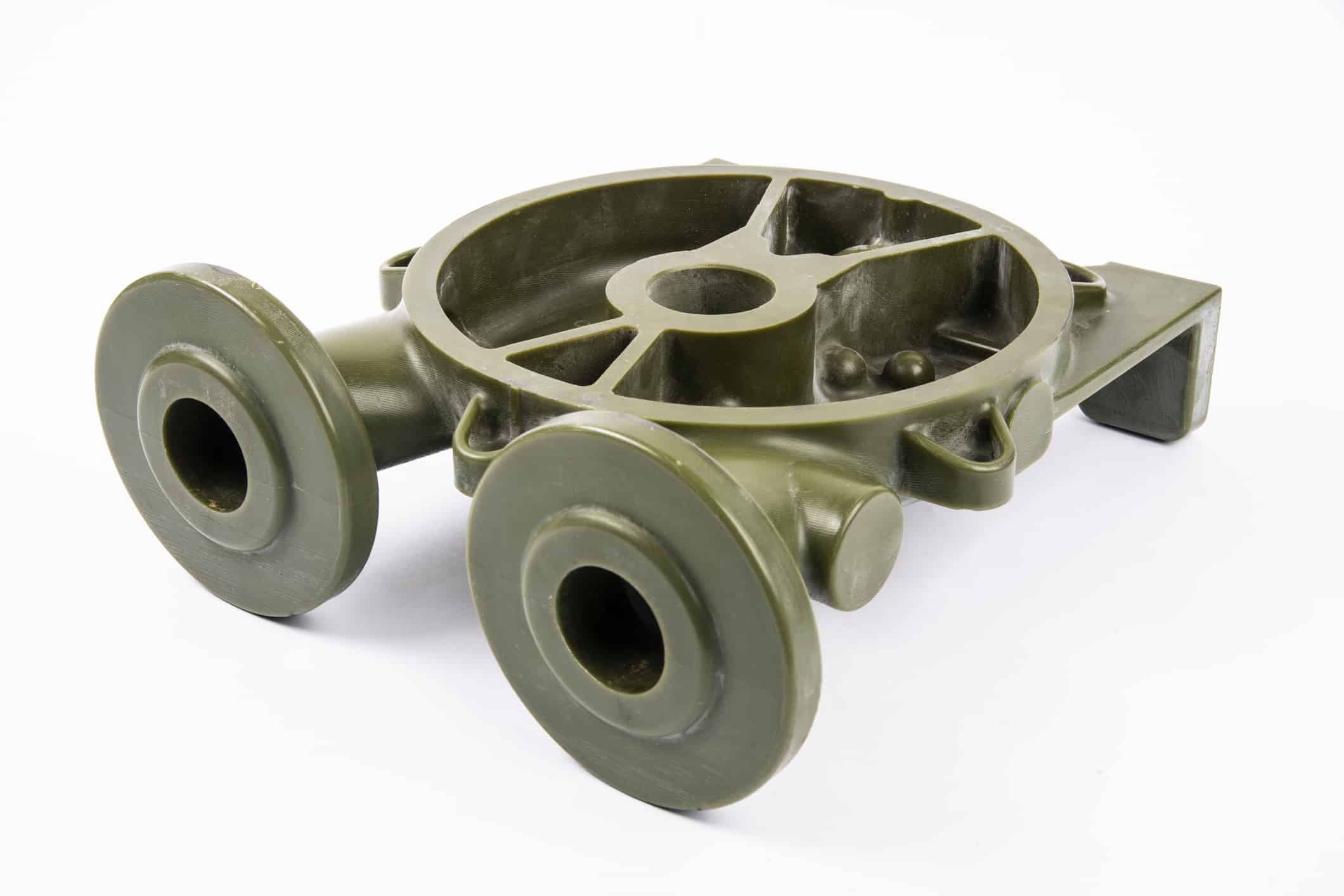Wax
Discover what is Wax, a manufacturing material, and its usage in the industry.
Introduction to wax
Waxes are a diverse class of organic compounds that are hydrophobic, malleable solids near ambient temperatures. They include higher alkanes and lipids, typically with melting points above 40°C, melting to give low viscosity liquids. Waxes are insoluble in water but soluble in organic, non-polar solvents. Different types of natural waxes are produced by plants and animals and occur in petroleum.
Waxes may also include various functional groups such as fatty acids, primary and secondary long-chain alcohols, unsaturated bonds, aromatics, amides, ketones, and aldehydes. They frequently contain fatty acid esters as well. Synthetic waxes are often long-chain hydrocarbons (alkanes or paraffins) lacking functional groups.
In manufacturing processes, wax materials are often used for their easy-to-remove properties. Wax has the property of burning with very low residues, making it perfect for investment casting, also called lost wax casting.
Waxes are mainly consumed industrially as components of complex formulas, often for coatings. The main use of polyethylene and polypropylene waxes is in the formulation of plastic colorants. Waxes provide matting effects and wear resistance to paints. Polyethylene waxes are incorporated into inks in the form of dispersions to decrease friction. They are employed as release agents, used as slip agents in furniture, and provide corrosion resistance.

Generic wax materials
Some popular wax materials include the following:
- Wax Support, also called Hydroxylated Wax, is a solvable material that is easy to remove. These properties make it perfect for building support structures for the 3D printing process.
- UV Curable Wax is a material deposited by the additive manufacturing processes as a liquid, which heat source cures immediately in order to make it solid. It is ideal for investment casting applications.
- The Wax Model material: manufacturers use it to produce multiple wax patterns needed for investment casting.
Get multiple quotes for your parts in seconds
